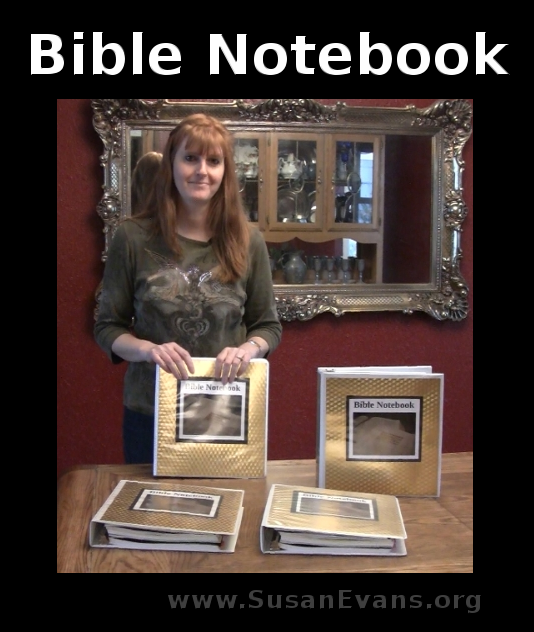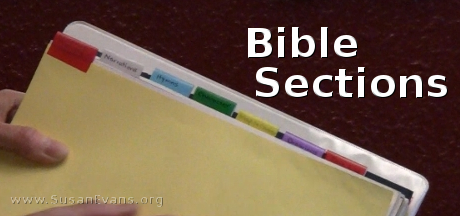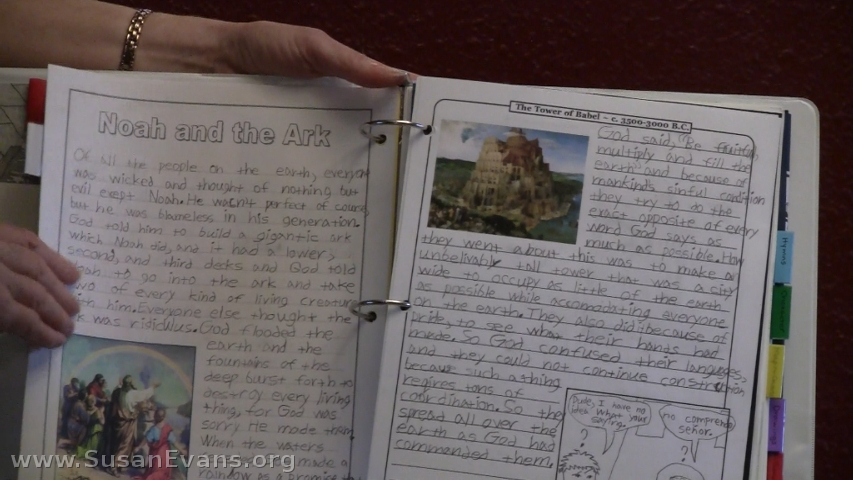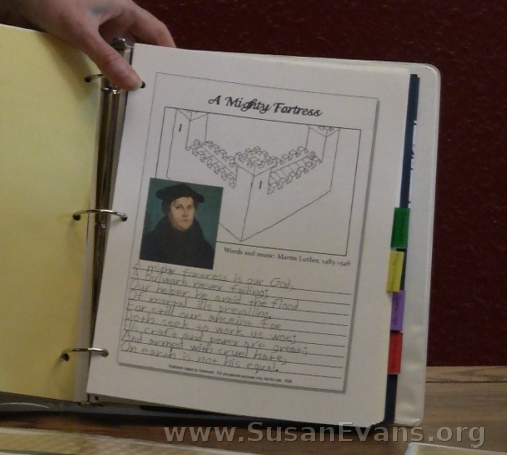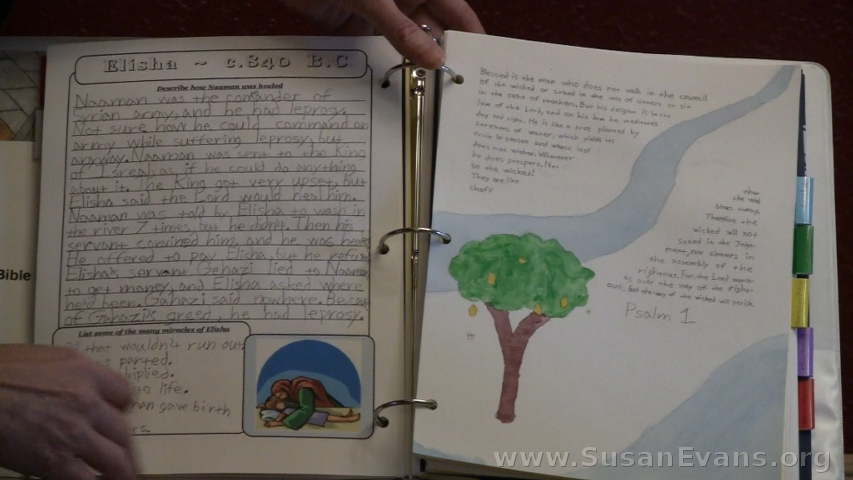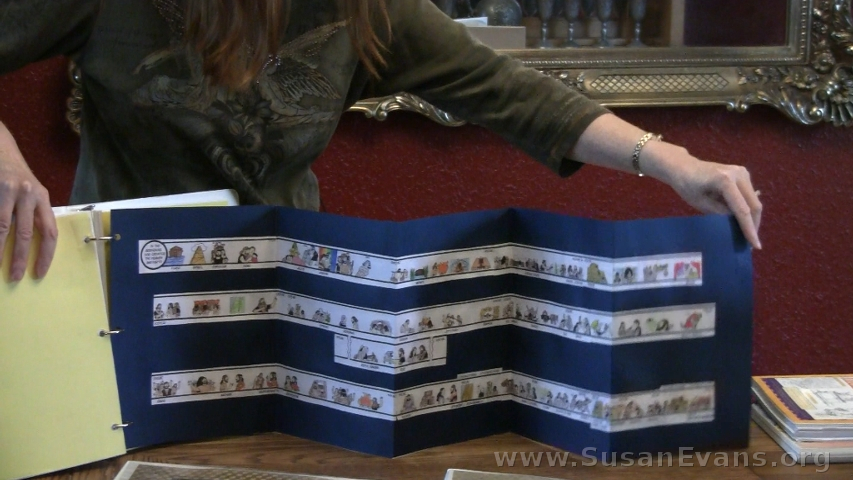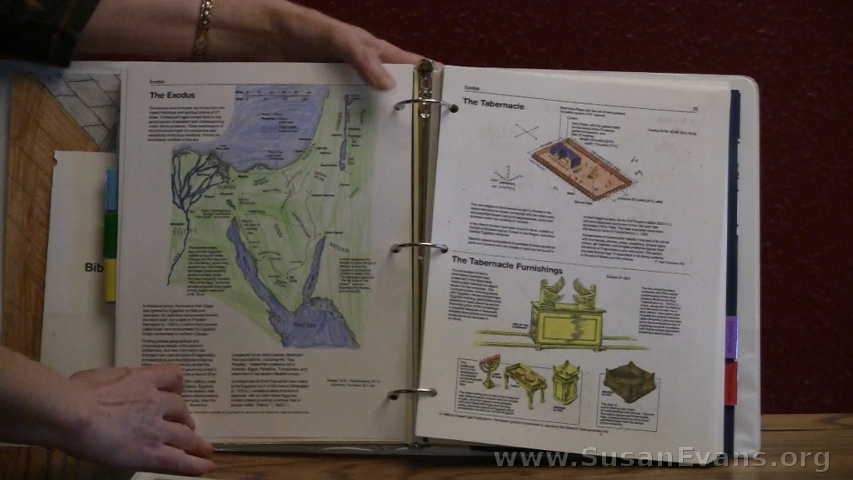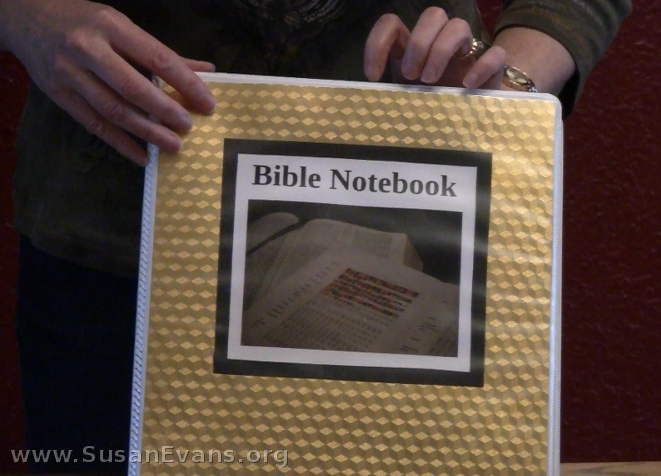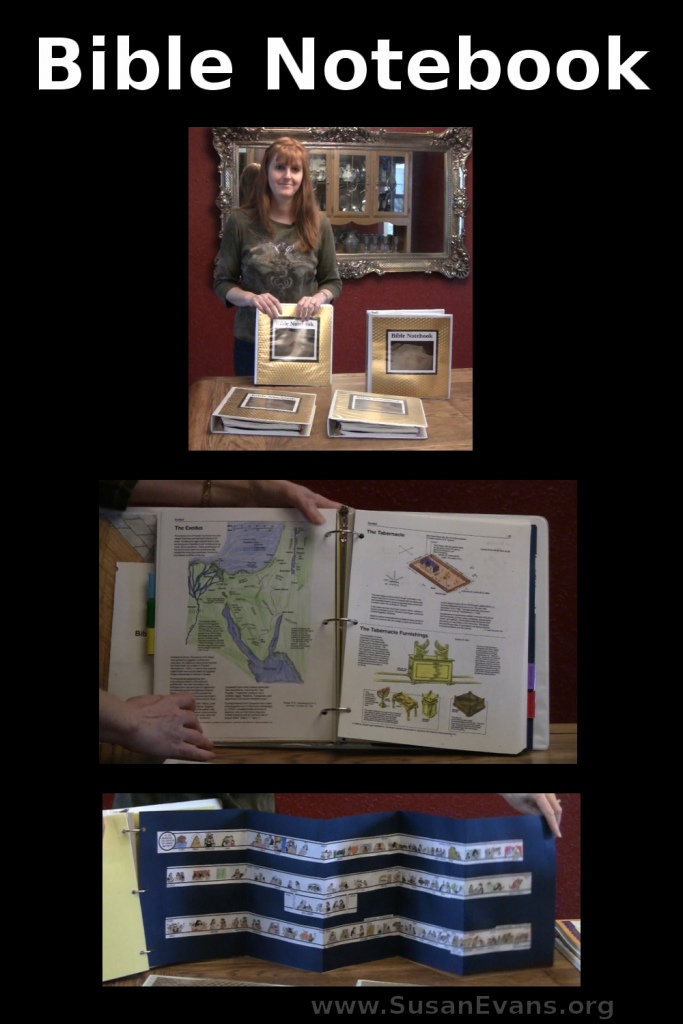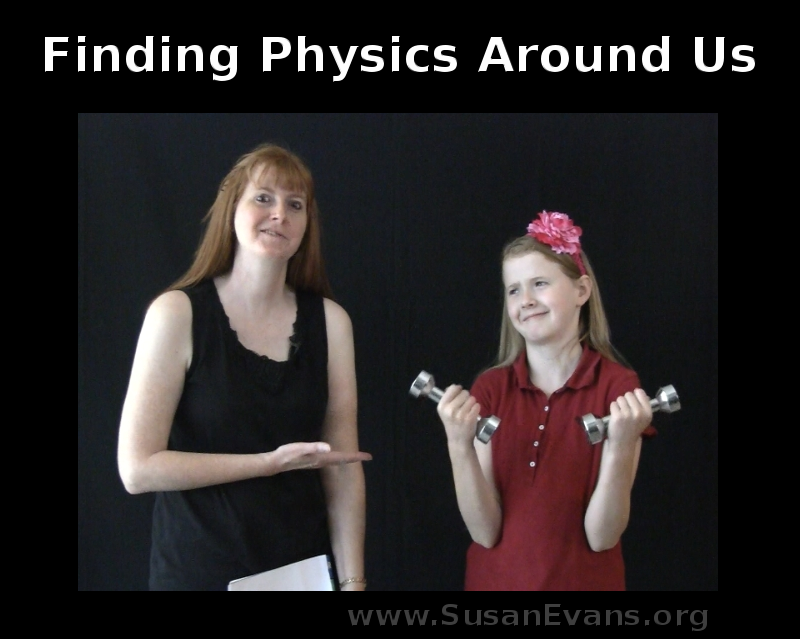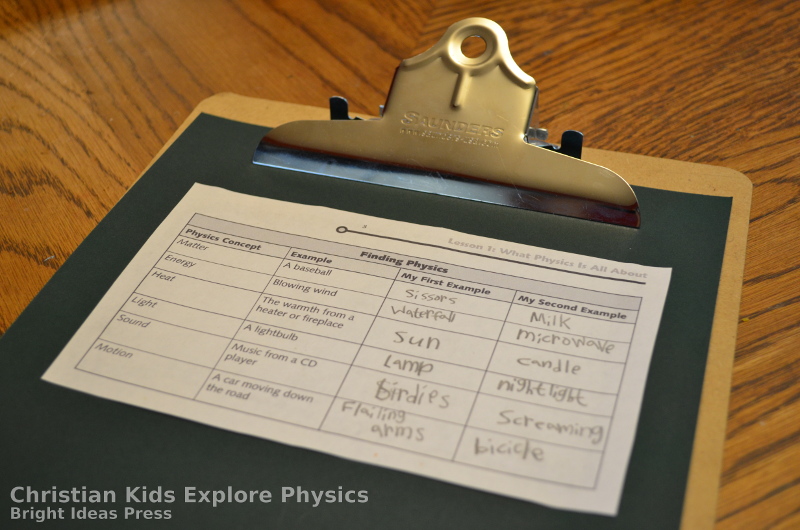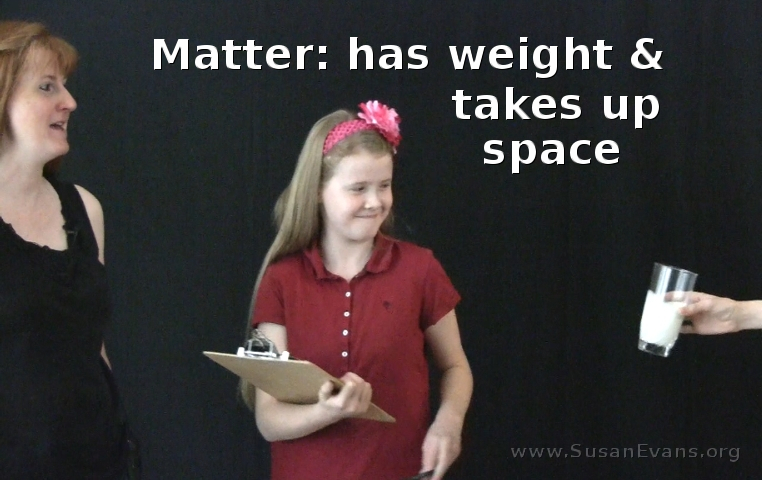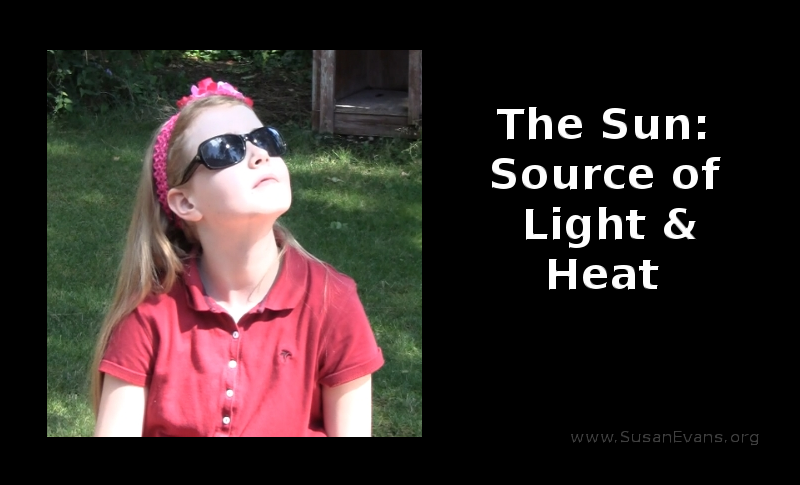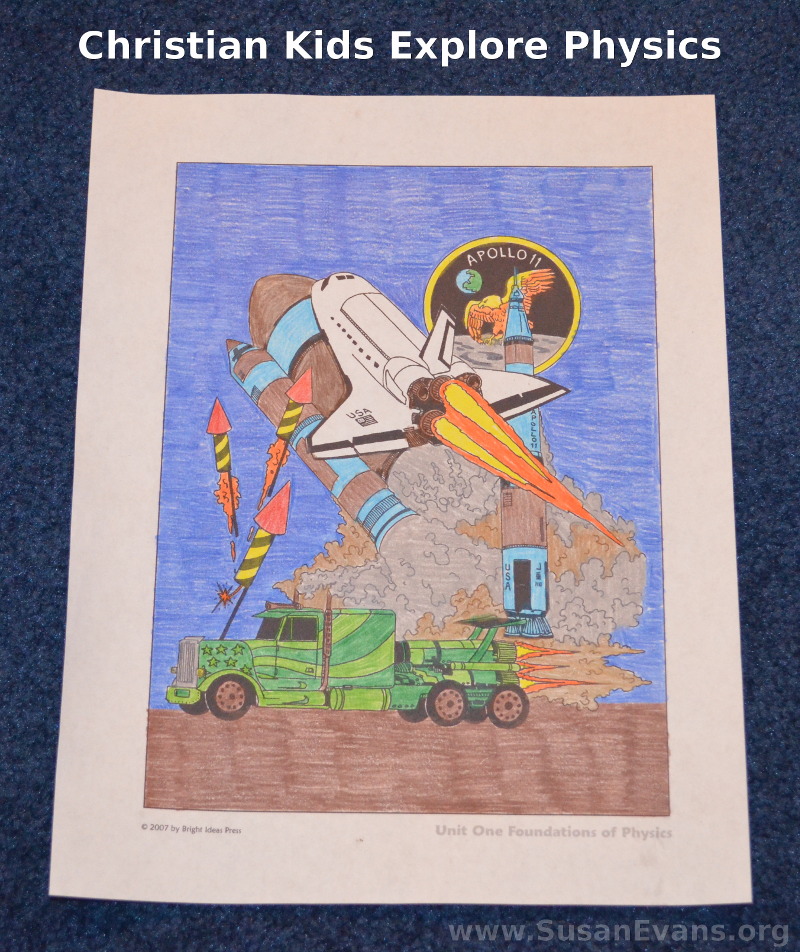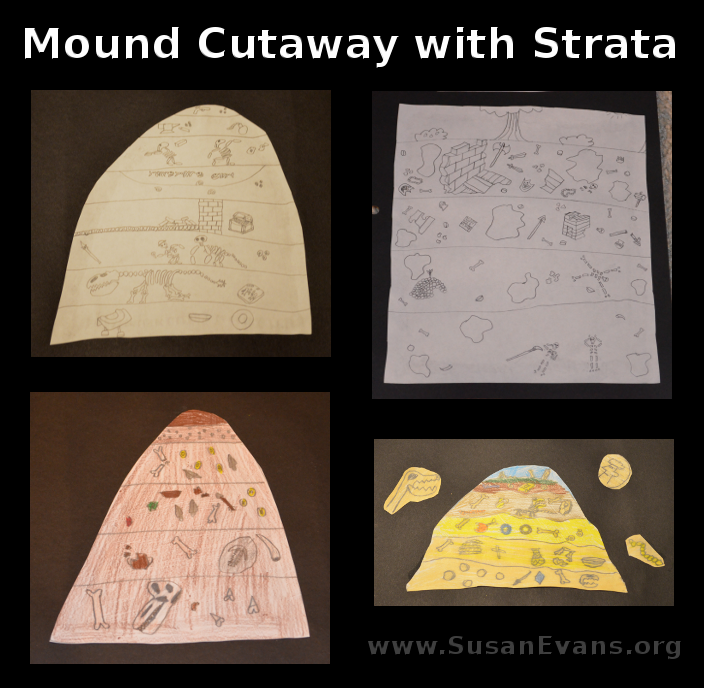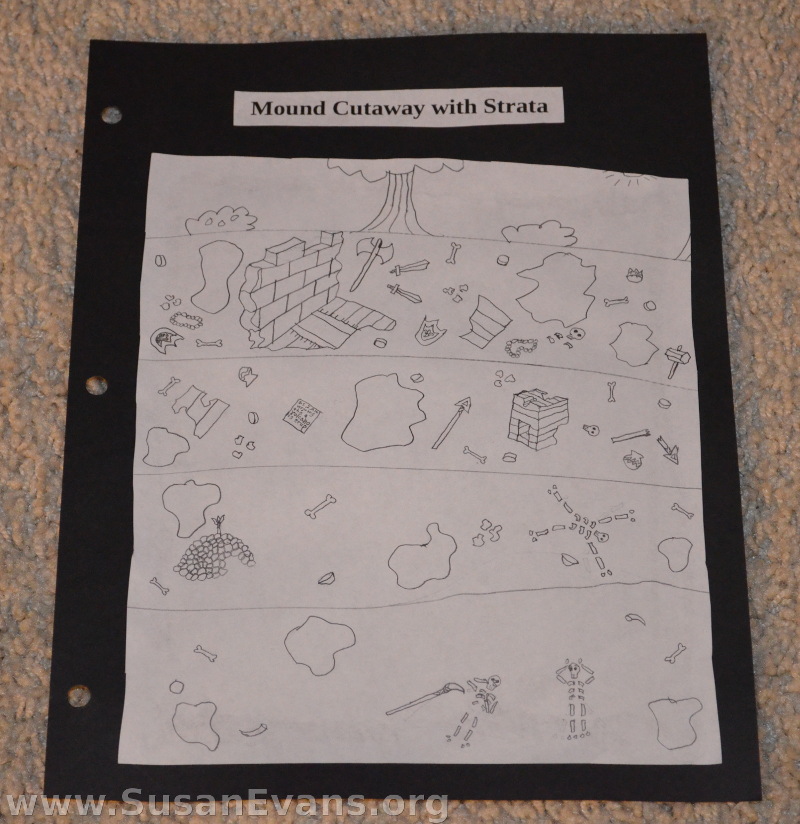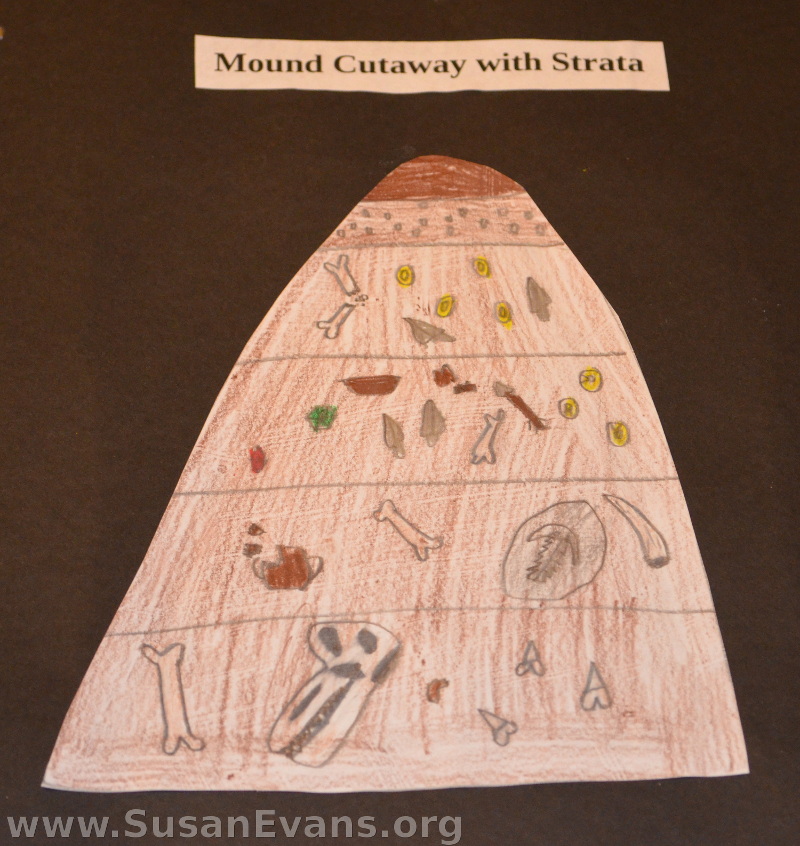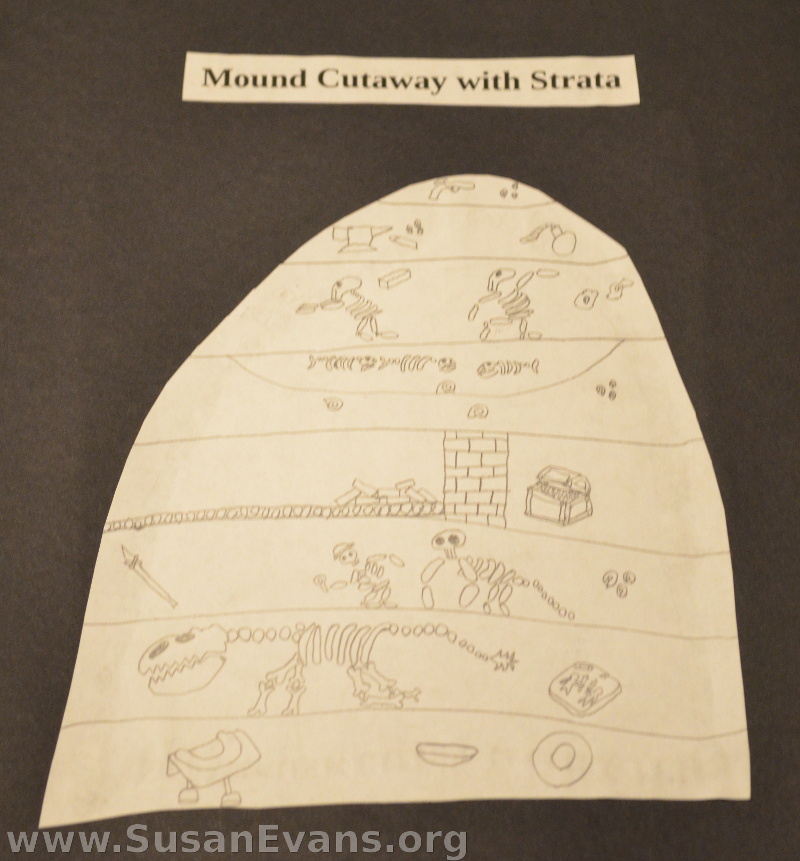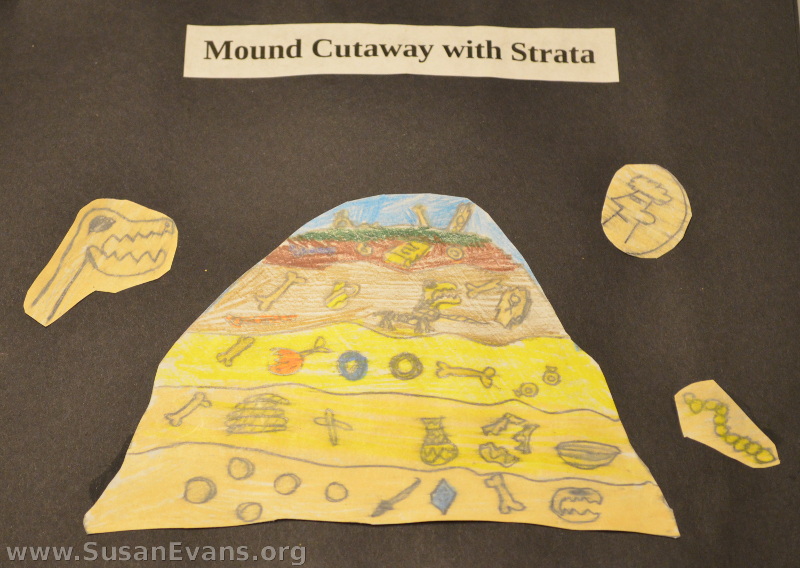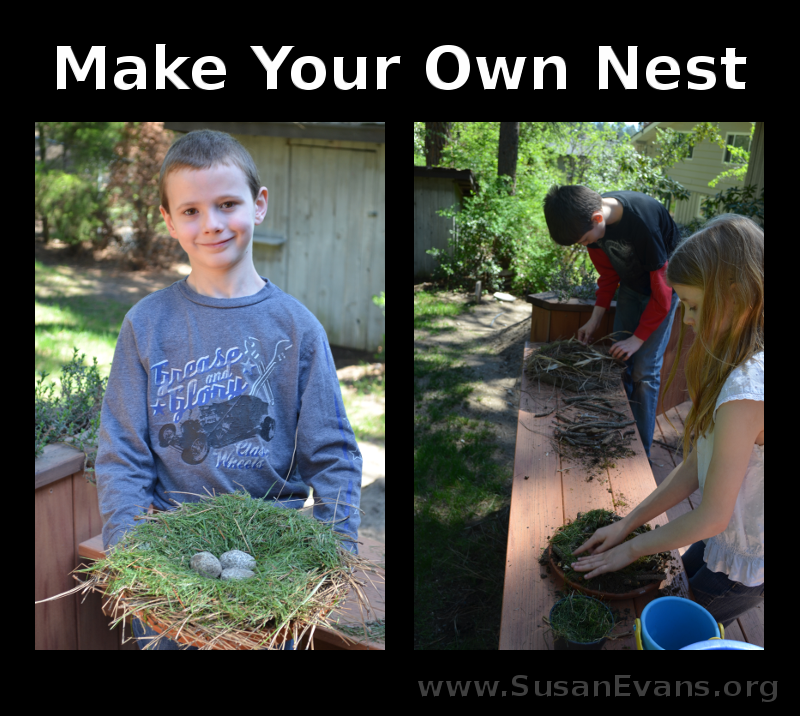Today I will show you how to put together a Bible notebook with your children. These notebooks are great for homeschooling your children for Bible class. You can also use these binders for Sunday School or for any other purpose, such as a personal Bible notebook for you as a parent.
Video Demonstration of our Bible Notebooks
Here is a video demonstration where I show you what we included in our Bible notebooks:
Sections to Include in a Bible Notebook
We divided the notebook into seven sections:
- Scripture memory: Print out the Scriptures that you want your children to memorize. You can use their AWANA verses from church, or have them memorize a verse to overcome specific sin in their lives. Psalm 23 and the Lord’s prayer are good places to start.
- Narrations: These are summaries of different stories from the Bible. Your child re-tells the story, trying to remember as many details as possible.You can print out notebook pages with pictures online, or just use regular notebook paper.
3. Hymns: These are the great hymns of the faith, like “A Mighty Fortress is Our God.” Have your kids learn the songs. You can find the hymns and sing along with the YouTube videos. Your children can write out the words on a notebook sheet of paper, looking at a hymn book for the printed words of each song.
4. Character: Define a character quality and ask God to help you grow in that quality. Write down ways that you show that quality throughout the day.
5. Drawings: Draw pictures of different Bible stories, choosing a scene that stands out in your mind. To see each of my children’s drawings, check out my series: 31 Days of Drawing through the Bible.
6. Time Line: Find a Bible time line printable or make up your own time line, drawing pictures to represent each Bible story. The one we used was from {affiliate link} Reproducible Maps, Charts, TimeLines, & Illustrations.
7. Maps & Charts: Color maps from Scripture stories. Print out charts outlining each book of the Bible. We used the ones from the same book where we got the time line. You can have an 8th section with the outlines of each book of the Bible, and the 7th section can be for maps and charts contained inside different stories from Scripture. (Watch the video above to see how we put together the notebook sections.)
Decorating Your Bible Notebook
Make sure to buy a binder that has a clear pocket in the front so that you can insert a decorated card stock paper into it for a beautiful cover. Print out the words “Bible Notebook” from your computer printer, and cut out the words and glue them to the cover page. Decorate it in any way you wish. We snapped a photo of an open Bible with our reading plan to decorate the front.
If you enjoyed this post, you will love the Bible section of the Unit Study Treasure Vault, where we have hands-on activities and exclusive videos for every book of the Bible!
